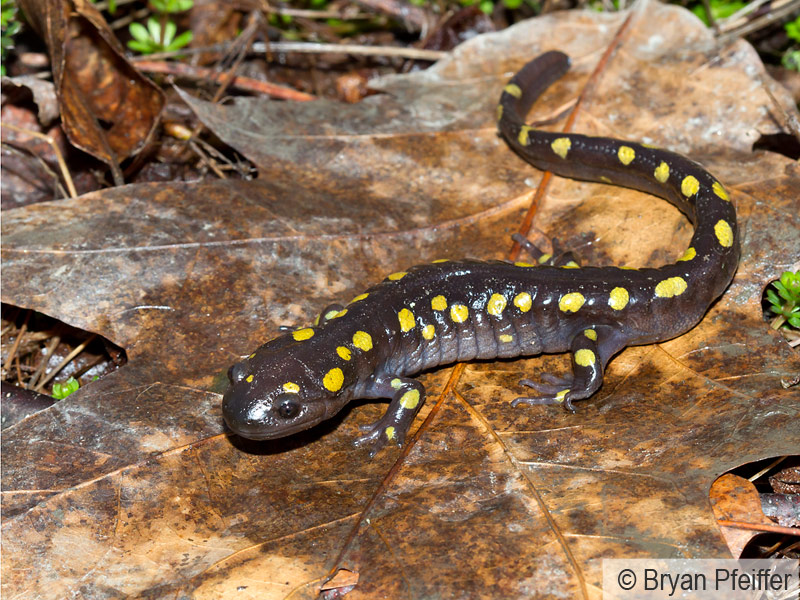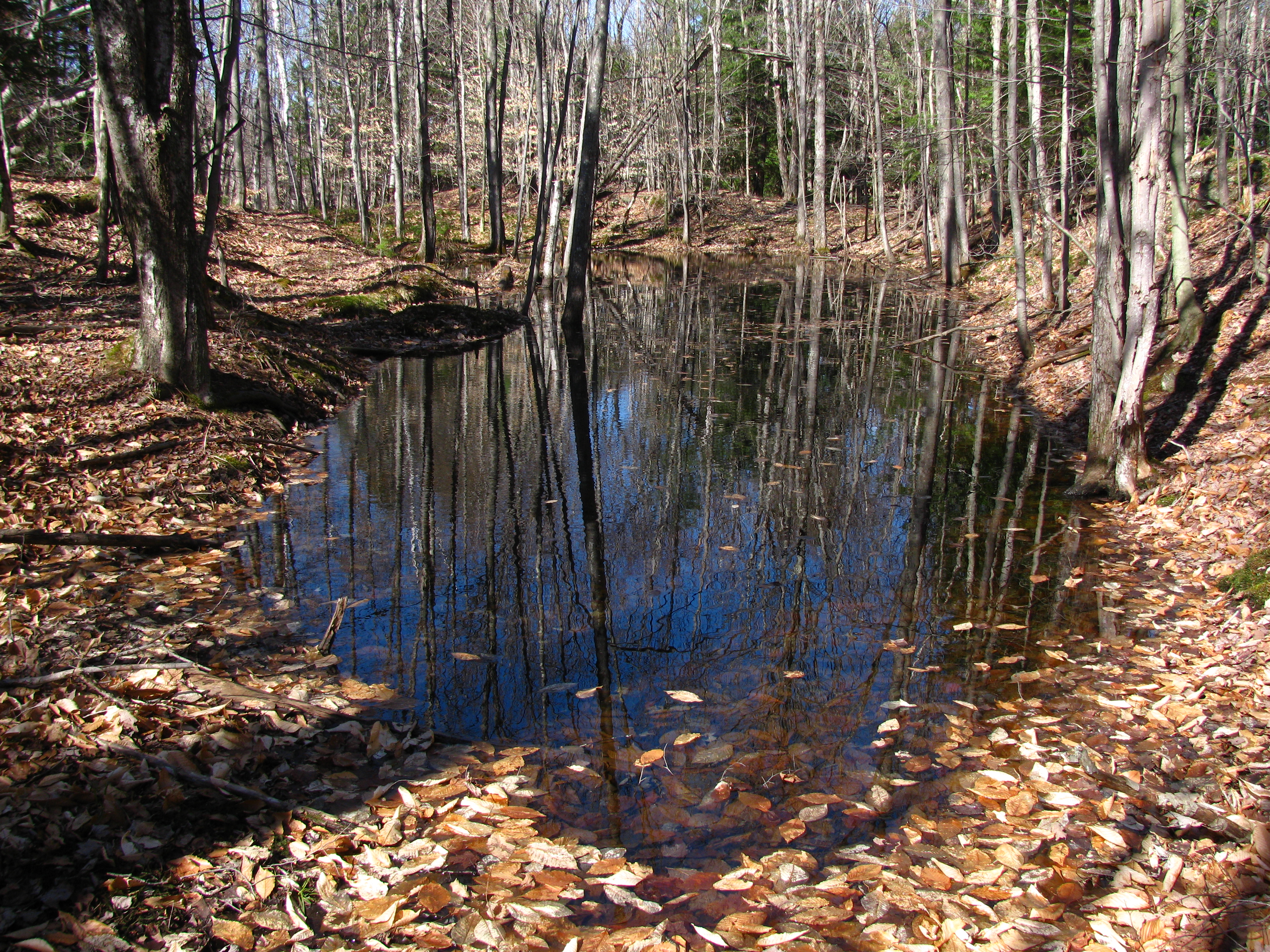VCE is bringing its biodiversity mapping skills to the conservation of vernal pools across the Northeast.
With a major grant from the North Atlantic Landscape Conservation Cooperative (NALCC), VCE will compile a master database of known and potential vernal pool locations from Maine to Virginia. We’ll also use innovative radar technology to develop a method to locate more of these sensitive wetlands on the landscape.
“We can’t conserve vernal pools and their associated wildlife until we know where they are,” said VCE’s Steve Faccio, lead scientist on the grant.
VCE will unify various vernal pool mapping projects, including statewide efforts in Vermont, Massachusetts, and New Jersey, as well as more limited efforts in other states. Vernal pools have also been mapped on National Wildlife Refuges and National Parks and Historic Sites. Other data in the region are scattered among conservation organizations, land trusts, universities, herp atlas projects, municipalities, forestry professionals, and environmental consultants.
Assembling these disjointed data into a single, comprehensive Geographic Information Systems (GIS) dataset will enhance our ability to advance vernal pool conservation on a landscape scale.
The grant will also fund a collaboration between VCE and the University of Vermont Spatial Analysis Lab to develop a method for identifying vernal pools remotely, using Light Detection and Ranging (LiDAR) technology. LiDAR uses laser light and radar to help scientists identify details on the landscape.
“LiDAR will allow us to zero in on potential vernal pool sites without setting foot in the woods,” said Faccio. “It has the potential to be a cost-effective, virtual ‘first step’ in locating these wetlands.”
As part of its Vermont Atlas of Life, VCE is now mapping vernal pools across the state. The grant is a natural extension of our mapping work.



What is a vernal pool?
Vernal pools are small, isolated wetlands that fill with snowmelt and spring rains, and dry up by late-summer. They provide critical breeding habitat for several species of frogs and salamanders, as well as a diverse array of invertebrates. Visit our Vernal Pool Conservation webpage to learn more!
https://vtecostudies.org/projects/forests/vernal-pool-conservation/
Friends:
I am interested in any information you might have about a “big night” for salamanders this evening. I live in Lebanon, NH and was wondering if you or other enthusiasts are documenting migration of various amphibians near Packard Hill Covered Bridge and the Northern Rail Trail in my backyard.
sorry for the late notice.
Thanx